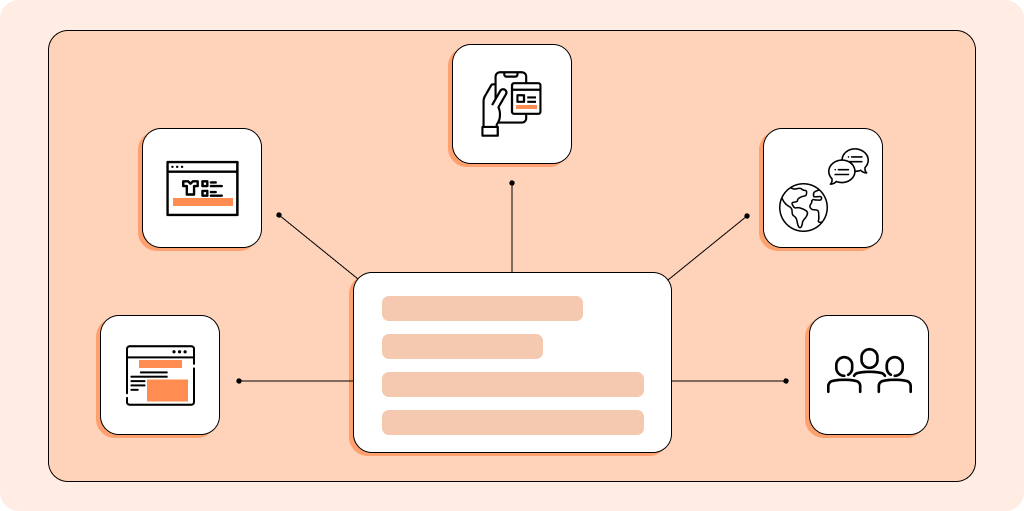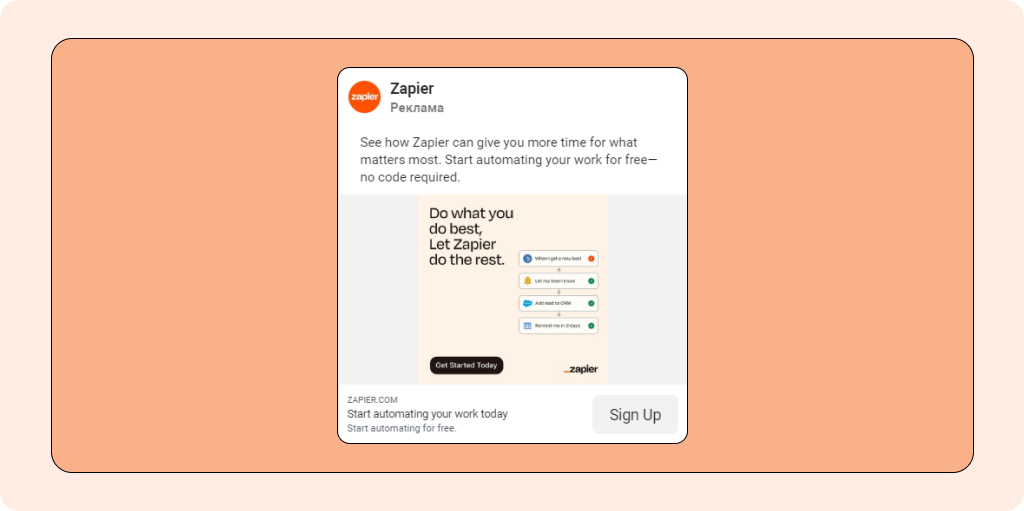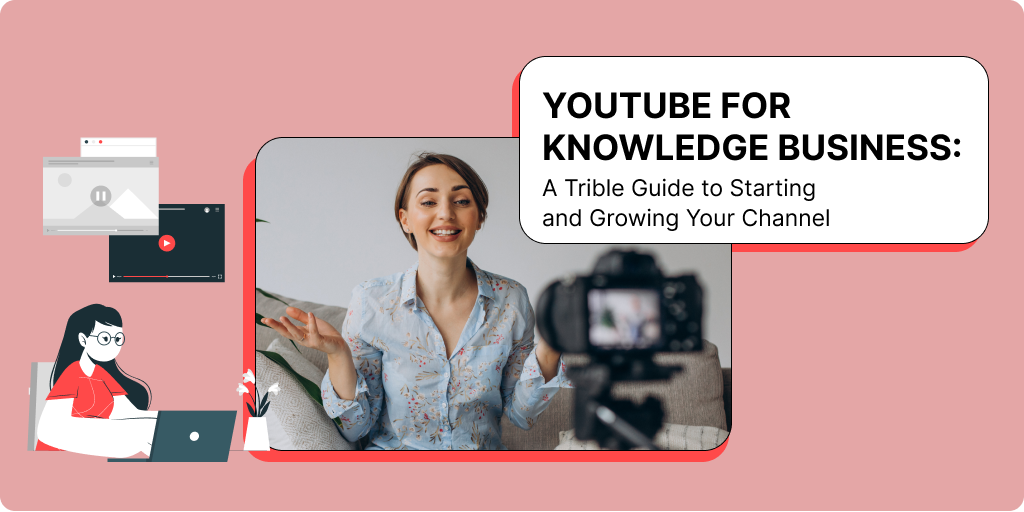Internet advertising is one of the best methods for businesses of all kinds to grow their reach, attract new consumers, and diversify their revenue streams. With so many alternatives accessible, from paid search and paid social ads to in-app ads, digital marketing might be scary to novices, but it doesn’t have to be.
Online advertising: paid search

When you think of internet advertising, you almost certainly think of paid search advertising. Paid search is a popular and successful kind of internet advertising.
Paid search allows you to bid on relevant keywords and phrases that may result in text-based ads being shown to people who type specific search queries into Google or Bing. PPC advertising is based on these terms and phrases, which are referred to as keywords. During an ad auction, advertisers compete for keywords.
This guarantees that all advertisers, rather than just those with the largest advertising expenditures, have an equal opportunity of having their ads displayed to viewers.
Keywords should be highly relevant to your knowledge business, sorted and structured into logical ad groups divided by campaign type, and matched with the suitable match type to be presented to the appropriate visitors, at the right time, for the right campaign.
Online advertising: paid social media

Paid search may have altered Online ads, but sponsored social is redefining the web of the future. Social networking is the most popular online hobby for adults worldwide, and ad agencies have changed their methods to target customers where they spend their time, notably on social networks like Facebook and Twitter. Paid social advertising works similarly to sponsored search, with the major distinction that marketers, not users, initiate the search; rather than the other way around.
One of the major characteristics of paid social advertising is the granularity with which marketers can target prospective consumers, and this notion underpins many social advertising platforms and tools. Marketers may target users based on hundreds of variables, including demographic information (such as age, gender, income, level of education, and marital status) and surfing habits and social activity.
Advertisers may also target users based on the sites and profiles they follow, the products they purchase, and the news they read. These bespoke audiences may be constructed from existing customer data (to build “lookalike” audiences of similar people) to email lists, which Facebook and Twitter can connect with their data about these individuals to offer further information about their activity.
The advent of so-called “identity marketing” has proven to be the most recent – and possibly the most dramatic – revolution in digital marketing over the last decade, providing marketers with unprecedented potential to build their businesses.
Know your audience: create a detailed portrait
Just like paid search marketers must undertake extensive keyword research before beginning their ads, paid social advertisers must know their ideal consumers inside and out to ensure that they are targeting the proper audience groups with the right messaging. This is where buyer personas come in.
Developing thorough buyer personas for your ideal consumers helps you to go beyond surface-level information about your most loyal customers and dig into targeting choices that allow you to target your potential customers with a high degree of granularity. This not only helps you to optimize the efficacy of your advertising budget, but it also provides more relevant, tailored ads to your audience – new evidence suggests that consumers really love online advertising more when it is highly focused and relevant to their interests.
To construct a target audience profile, you must first understand where a person lives, what goals they will achieve by utilizing a product or service, and why they follow you on social media. Additionally, you should evaluate their spare time activities, interests, and favourite blogs – what celebrities are role models for this person.
Internet advertising: campaign elements
There is a lot more to internet advertising than just posting an ad on the internet and crossing one’s fingers. And it’s quite a job to tell all about advertising on the internet. The most effective advertising campaigns incorporate a variety of interrelated parts, each of which serves a distinct purpose to maximize the campaign’s potential. Not every digital advertising campaign will have every component, but the following elements of a digital marketing venture will be similar to many campaigns.
Text and visual ads
Google Ads and Bing Ads provide marketers with the option to choose between text-based ads and more graphic ads, such as banners. Text-based ads are typically referred to as PPC ads, whereas banners and similar ad forms are known as display ads. Moreover, social media sites such as Facebook provide highly visual advertising styles that incorporate some ad copy, which might be considered a hybrid of the two. There are thousands of advertising formats accessible to today’s marketers, allowing you to select the format and advertising network that best matches the demands of your campaigns.
Landing pages
Landing pages are specific, optimized websites to which visitors are redirected when they click on an ad. Landing pages might display the items promoted in the ad advertising directly, or they can include online forms that invite consumers to send more information to the advertiser. Landing pages can be used to persuade prospects to execute an action, such as completing a purchase, or as another step in a longer “funnel,” such as seeking further information or downloading content for lead generation reasons.
Sponsored content

As part of their internet advertising campaign, many businesses opt to use sponsored content. Advertorial-style editorial material posted on websites (often known as native advertising) and sponsored updates on social networking platforms are two examples of sponsored content. Both Facebook and Twitter provide this capability to marketers, with both platforms offering a variety of sponsored update alternatives, such as Promoted Posts on Facebook and Sponsored Tweets on Twitter.
Analytics
Marketers do not submit ads on the internet and hope for the best; they must know precisely how well their ads are doing and where their traffic is coming from. Because of this, analytics is an indispensable component of every successful online advertising plan. Analytics tools provide a plethora of information about an advertising campaign, including impression share, click-through rate, cost-per-conversion, and long-term trends. Analytics tools are also helpful for analyzing how users discover and eventually engage with your website, a process known as attribution modelling.
Email marketing
In an internet advertising campaign, email marketing is one of the most often used components. Some advertisers establish email-only campaigns to promote time-sensitive discounts or content download ads, while others use email to supplement their existing digital marketing channels. Email marketing may be quite successful, making it a popular option for today’s advertisers.
Remarketing
Seldom do consumers encounter a website and instantly decide to make a purchase. The client journey can be extensive and complex, spanning various devices and websites over extended time periods. Remarketing has become one of the most significant tactics in a digital marketer’s toolkit because of this.
Remarketing enables you to follow visitors who have visited your website but did not convert or take action and display ads on other websites after they have left. This not only dramatically boosts brand exposure but also offers the visitor countless additional possibilities to revisit your website and convert at a later date. Remarketing may be enabled on search, display, and social advertising campaigns.
The perfect combination of online advertising: PPC and paid social
A good free website to advertise doesn’t exist; you’ll always have to pay. But there is a perfect combo for those who are ready to invest. Combining the reach of sponsored search with the granularity of paid social is the most efficient approach to optimize your return on investment, reach new consumers, and expand your business.
 Open Sesame: 225 Engaging Email Subject Lines + Crafting Tips
Open Sesame: 225 Engaging Email Subject Lines + Crafting Tips







